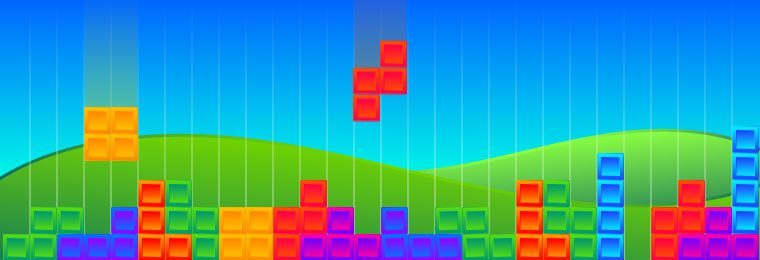
From Tic-tac-toe and Tetris to Candy Crush Saga
10 years ago
Discover the evolution of puzzle videogames and the key to their success.
Block puzzles consist basically in interlinking pieces. The videogame theorist, writer and associate professor to the Design School of the Danish Academy of Fine Arts, Jesper Juul, defines block puzzle videogames as videogames in which the player "manipulates the blocks in order to make them disappear according to certain criteria". According to him, this type of games have a certain simplicity that the users love, and that's the key to their success. On top of that, they're very addictive.
This is why it's not a surprise that Candy Crush Saga, developed by King for Facebook and launched in April 2012, was named Game of the Year 2013 by gaming website Eurogamer. During December 2012, it already had over 10 Million downloads, and in July 2013, it was estimated the game had 6.7 Million active users and earned 633.000 $ per day on the US App Store.
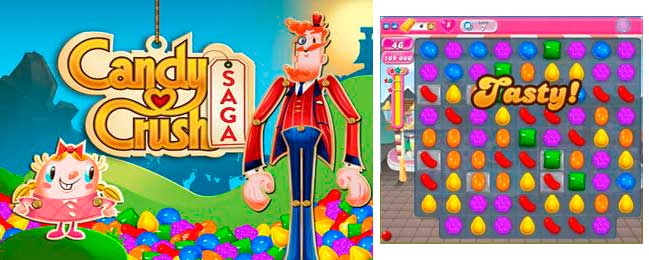
With the rise of smartphones, the casual player has appeared, someone who wants a type of game that doesn't ask for too much when playing. In fact, Candy Crush takes its playing style from a previous game that had also been very successful: Bejeweled. In this simple videogame, one has to move gems around and align the same ones to make them disappear and so, gain points. But Bejeweled in turn, developed by PopCapGames and launched in 2001, is based on the classic Tic-tac-toe, such as most of the games that consist in combining pieces.
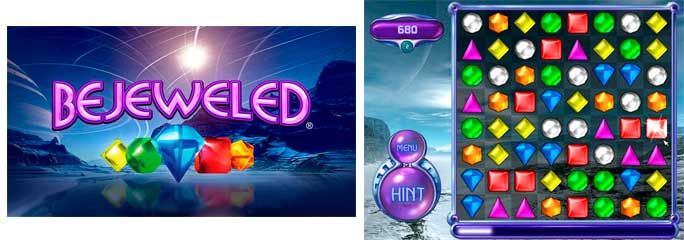
Who wasn't ever bored in class and played some Tic-tac-toe with a friend on their table? It's the same dynamic: combine objects of a same type on a board—horizontally, vertically or diagonally—to win the match. It's such a simple dynamic that many other videogame developer succeeded with their own renditions. We can also see the same gameplay in the Solitaire card game, in which you have to combine the cards according to their colour, and later in one suit.
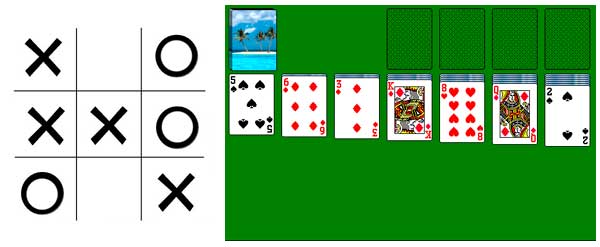
When talking of this type of games, what first comes to mind is Tetris. Alexey Pajitinov was working in the IT Center of the URSS Science Academy when he developed the famous game. In his free time, the Russian programmer started to develop this game, inspired in his favourite puzzle: Pentominoes. At first, Pajitinov designed this game for personal use only and called it Tetris—from the greek prefix tetra which means four (the game pieces are made of four cubes and are called tetrominoes) and tennis, which was his favourite sport.
But in 1984 it was launched publically and became the first entertaining software to be exported from the Soviet Union to the US. The GameBoy version launched in 1989 was the most successful one, and Electronic Gaming Monthly ranked it on first place with the title of "the best game of all time". In 2010 it was announced that Tetris had sold more than 170 Million copies, becoming the most downloaded pay game.
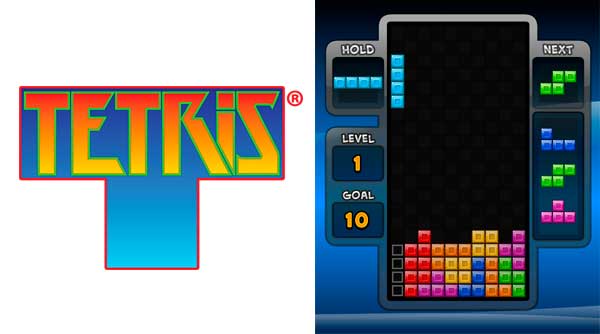
Such was Tetris' success that slowly, other games with the same style were being created. "Innovate just enough to differentiate yourself, but make a game similar enough to those that are easy to play for the user", is the winning combination to succeed in developing a game like this, explains Juul. In 1989 Jay Geertsen applied this formula perfectly and developed Columns, also known as Jewels, to comply with Sega's goal to compete with GameBoy's Tetris.
Columns was the first game to be included in the purchase of Sega GameGear and it ranked on 34th place of Mega's "Top Mega Drive Games of all Time" ranking. Blocks made up by three gems fall in the same manner than in Tetris, and just like in Tic-Tac-Toe, three same ones have to be united to make them disappear and earn points. The allowed movements are the same ones than in the Russian game, and the speed also increases as the player passes on to higher levels. However, the blocks cannot be rotated; only the colours can be changed vertically to combine the blocks and make the gems disappear.

Other videogames also copied the idea of connecting pieces by colour. In 1990, for example, Dr. Mario is launched for Nintendo EntertainmentSystem (NES) and GameBoy, in which Mario needs help in getting rid of viruses of certain colour with pills of those same colours. Onece again, the blocks can be manipulated just like in Tetris and three pills of the same colour are needed to kill the viruses, which get bigger as the player progresses.
ACE magazine was one of the few to give a bad response to the game, since it "reeked of plagiarism", and was worse than the games it was based on. On the other hand, Allgame praised Dr. Mario as "one of the best puzzle games" in a market "flooded" by this genre.

And indeed, the market was (and is) quite flooded by these type of games, but there would always be someone who innovated and brought something new into the genre. This was the case of Puyo Puyo, developed by Compile and launched in 1991. After so many blocks, gems and pills, this Japanese game came up with some jelly creatures that stuck to each other when coming into contact, and this time, four were needed to make them disappear and gain points.
However, it differs from the other ones because there is no need for the four pieces to be aligned. There simply have to be at least four pieces in contact, but it can be many more, too. Furthermore, when pieces are eliminated, new ones fall from above to allow them to come into contact with other pieces and so, make combos.
The creator of the game, Kazunari Yonemitsu, thought puzzle games at the time had very boring characters, so he gave his a challenging flair, Street Fighter style. And so, the game poses some obstacles, like black pieces that don't fit with any other ones and block your moves.

And now Spritted has taken note of this Japanese classic and has developed Pandemix, a puzzle videogame in which you have to join at least four cells of the same type to create a molecule and make it disappear. But you will also encounter bombs that will make your strategies more difficult, so beware!
Written by Paula Gil Alonso.